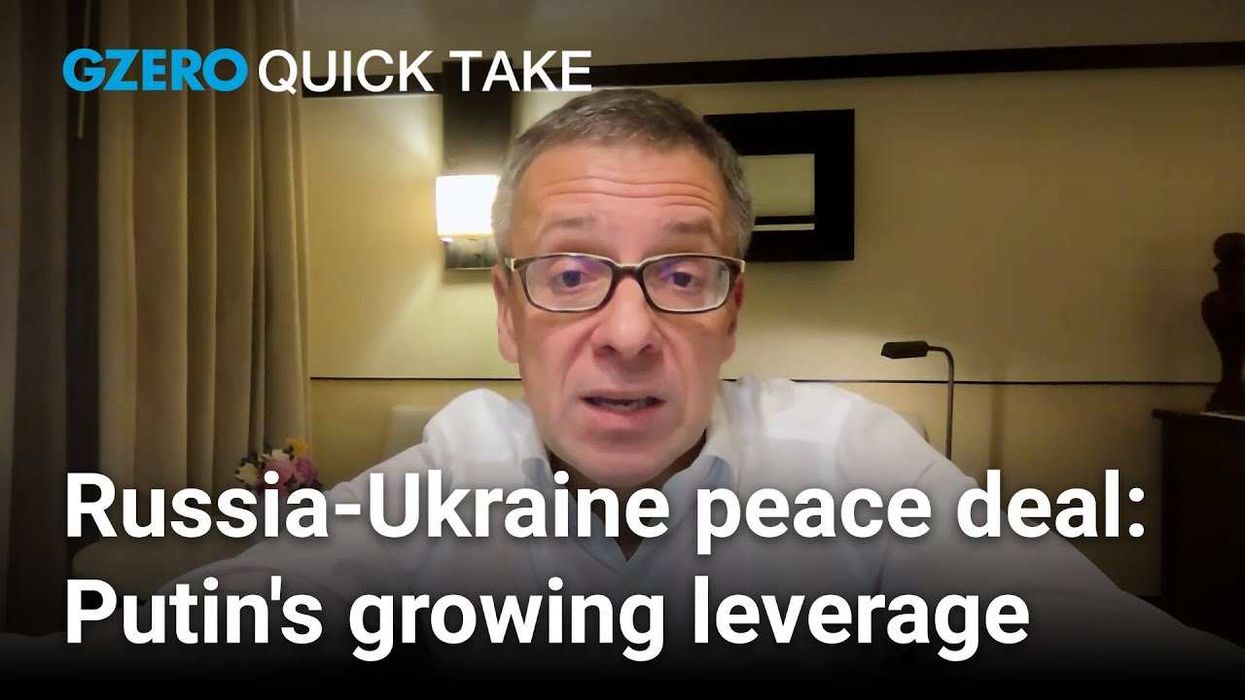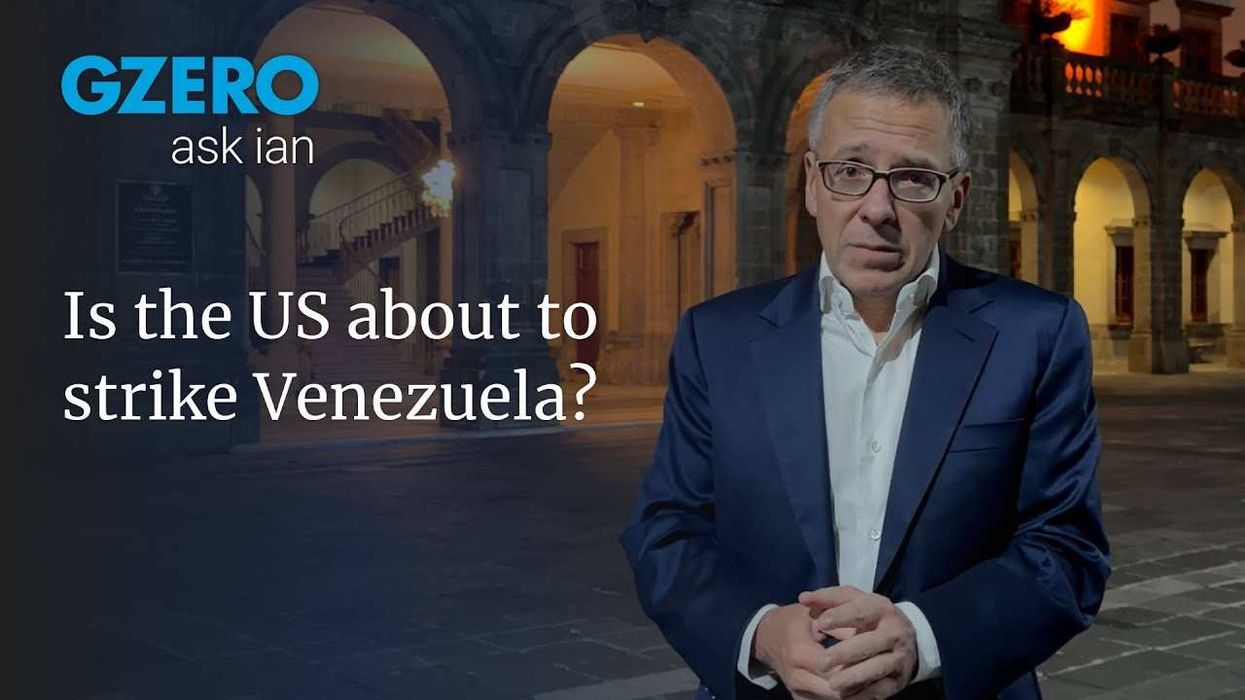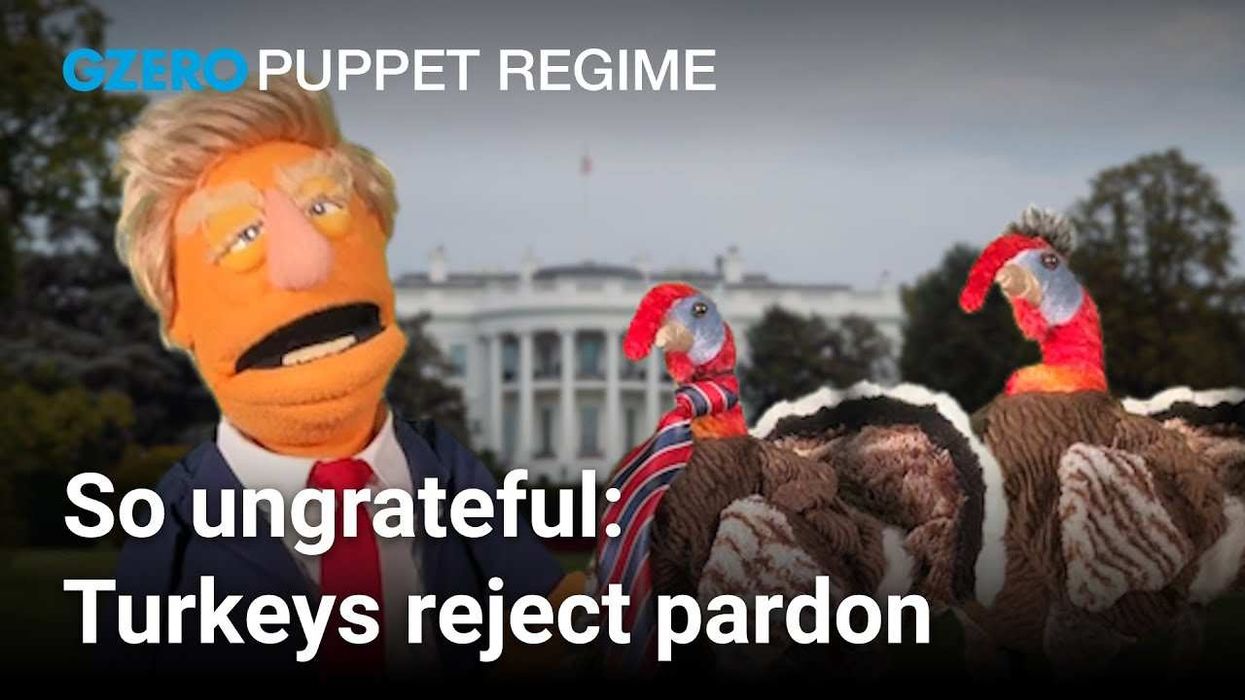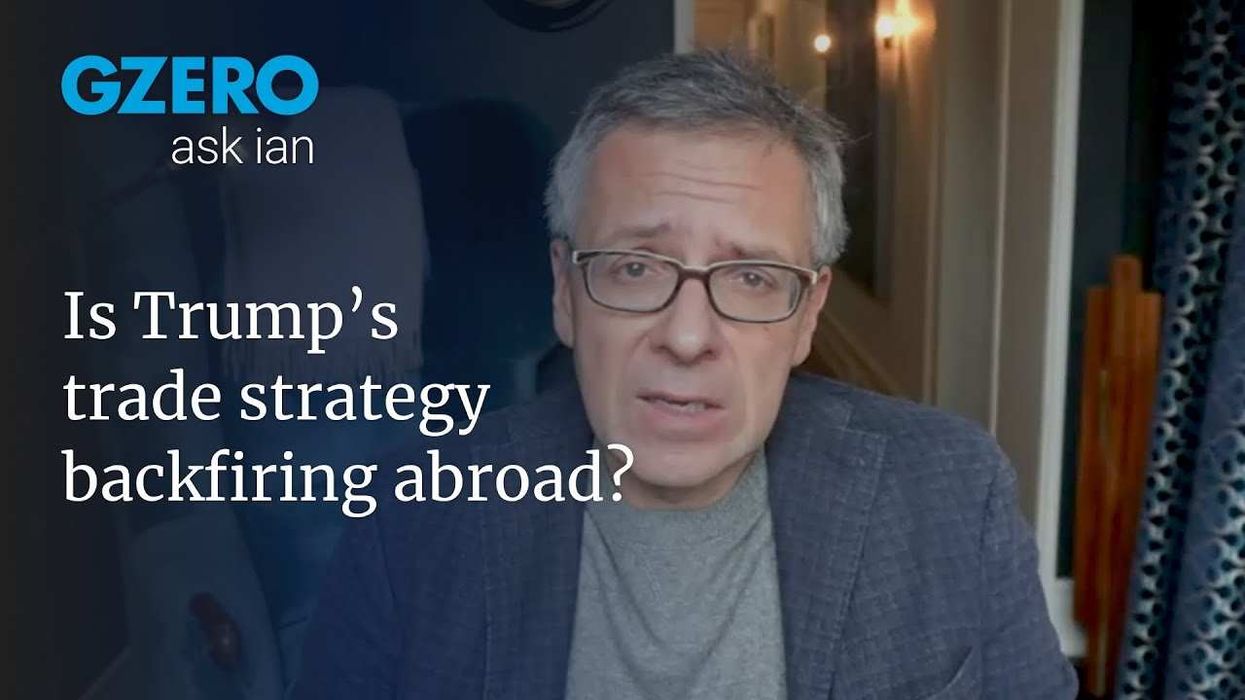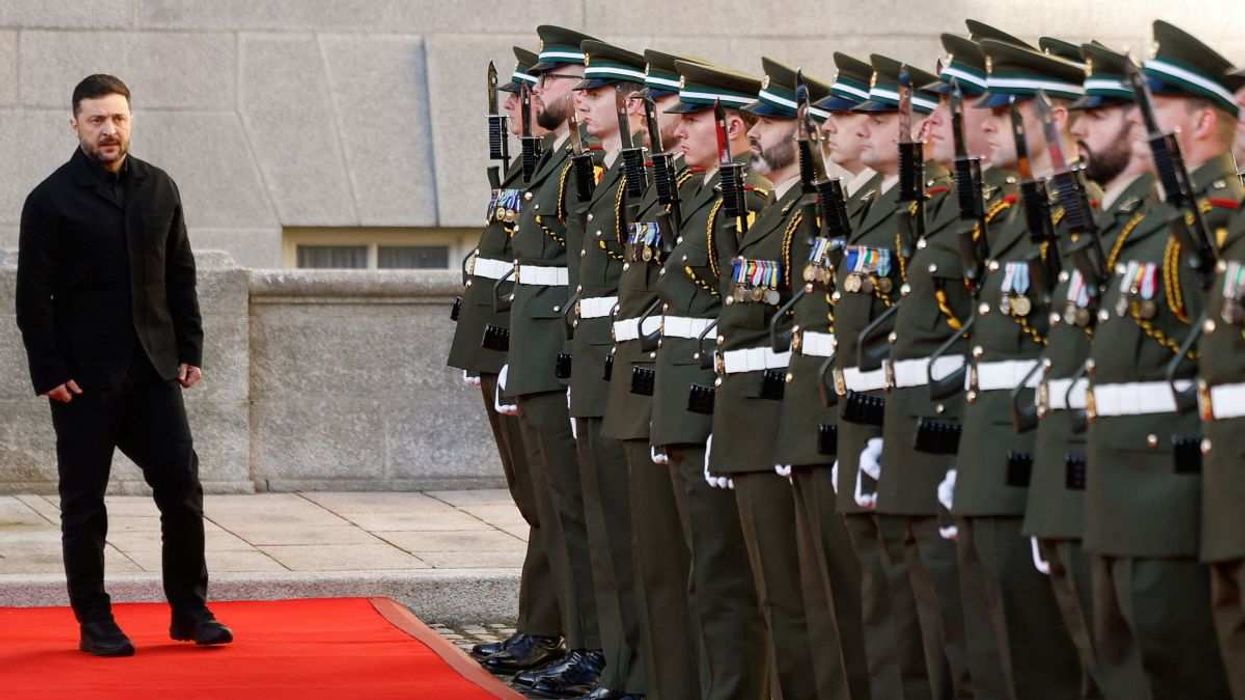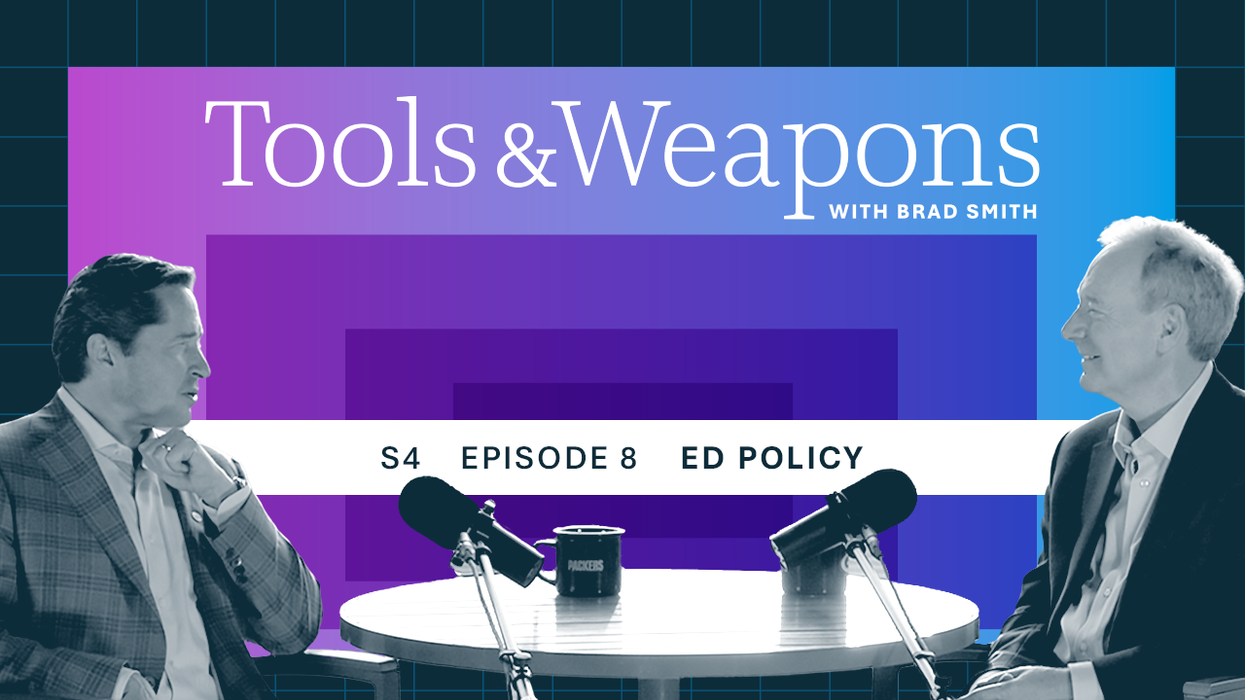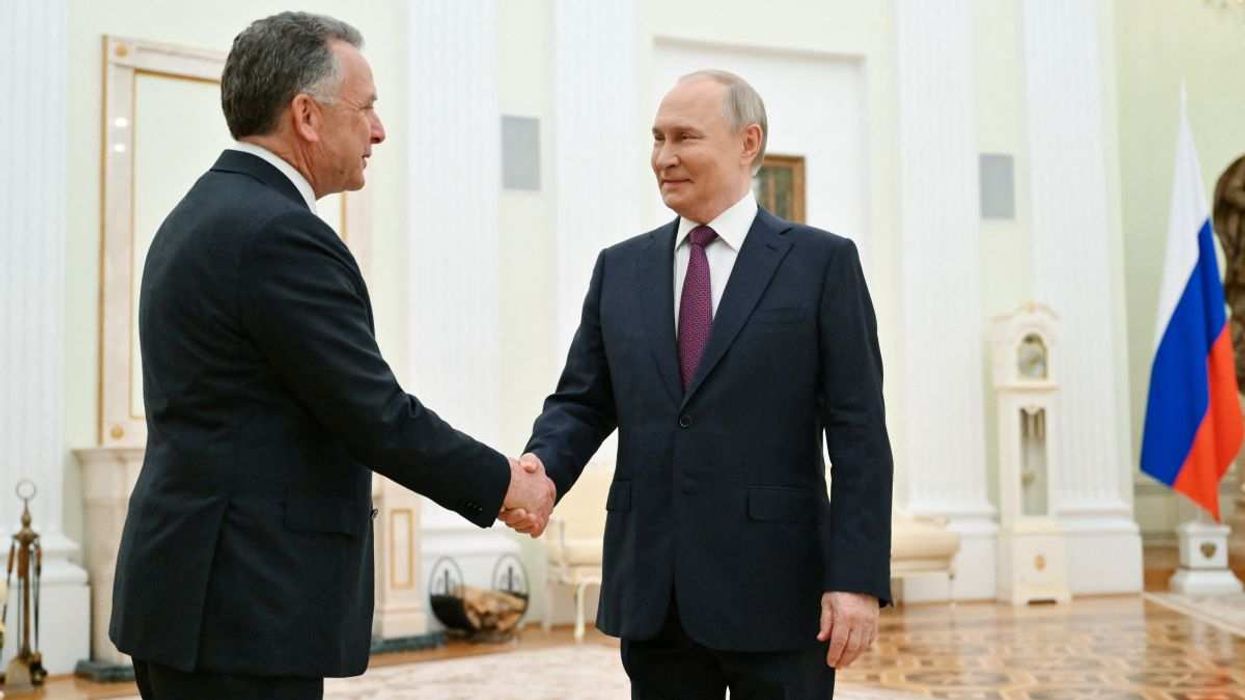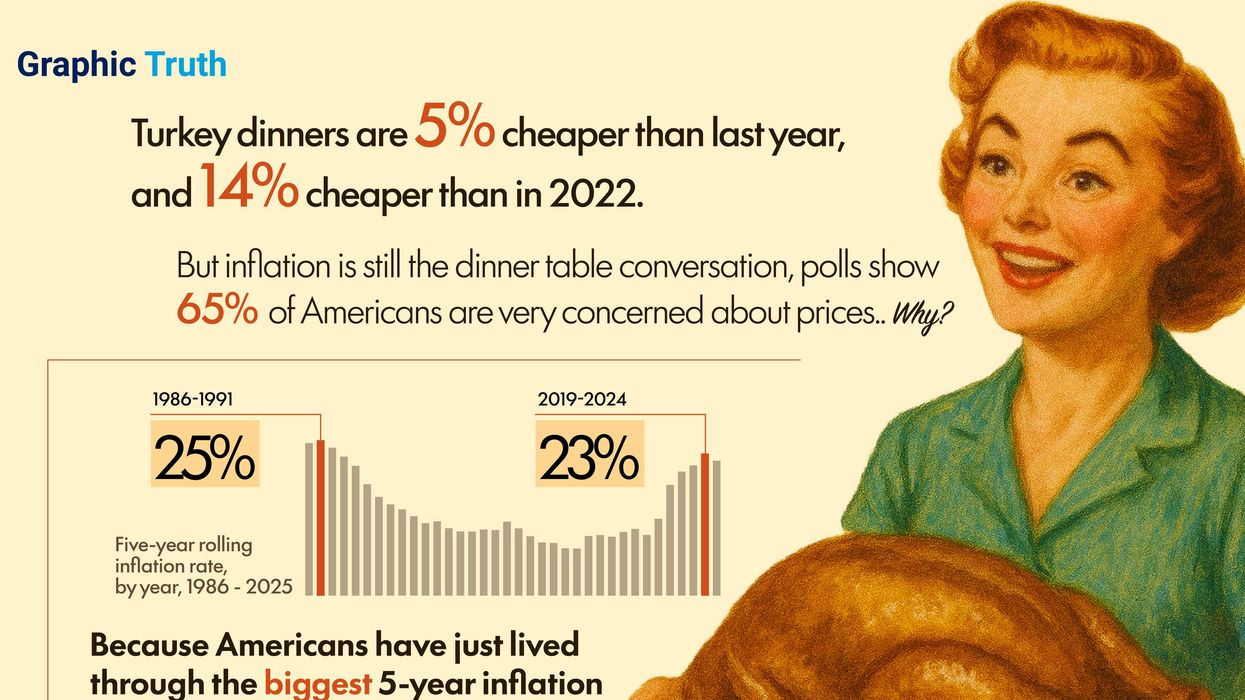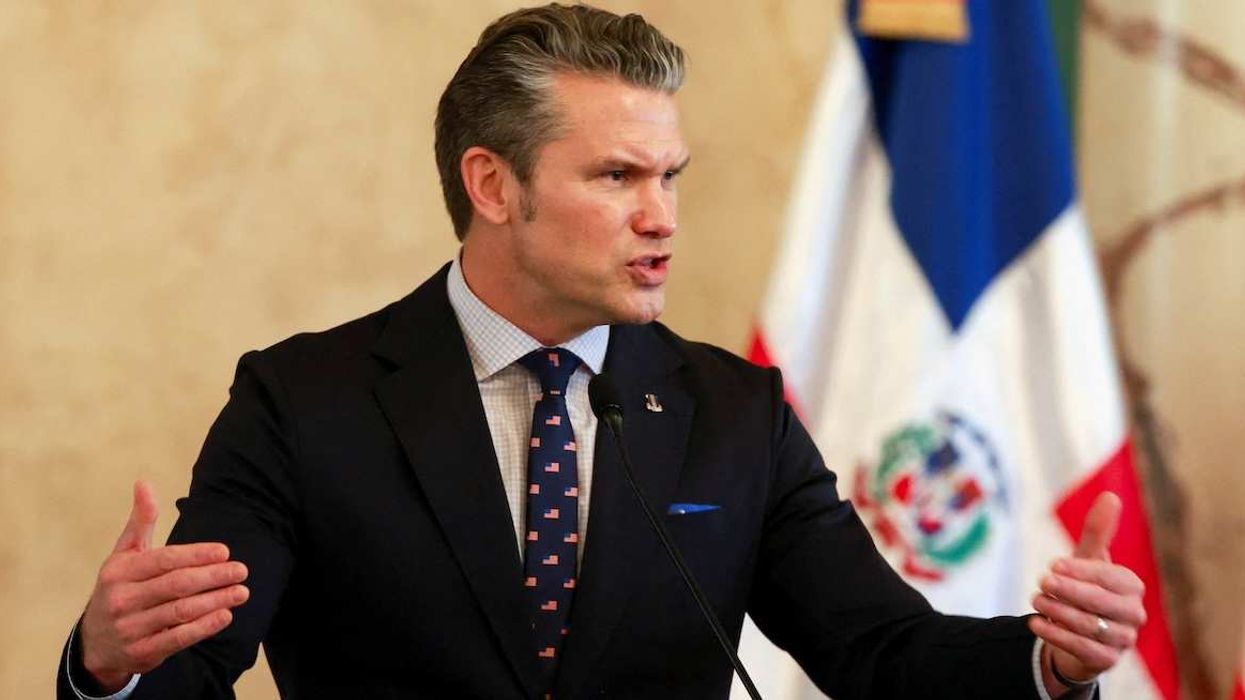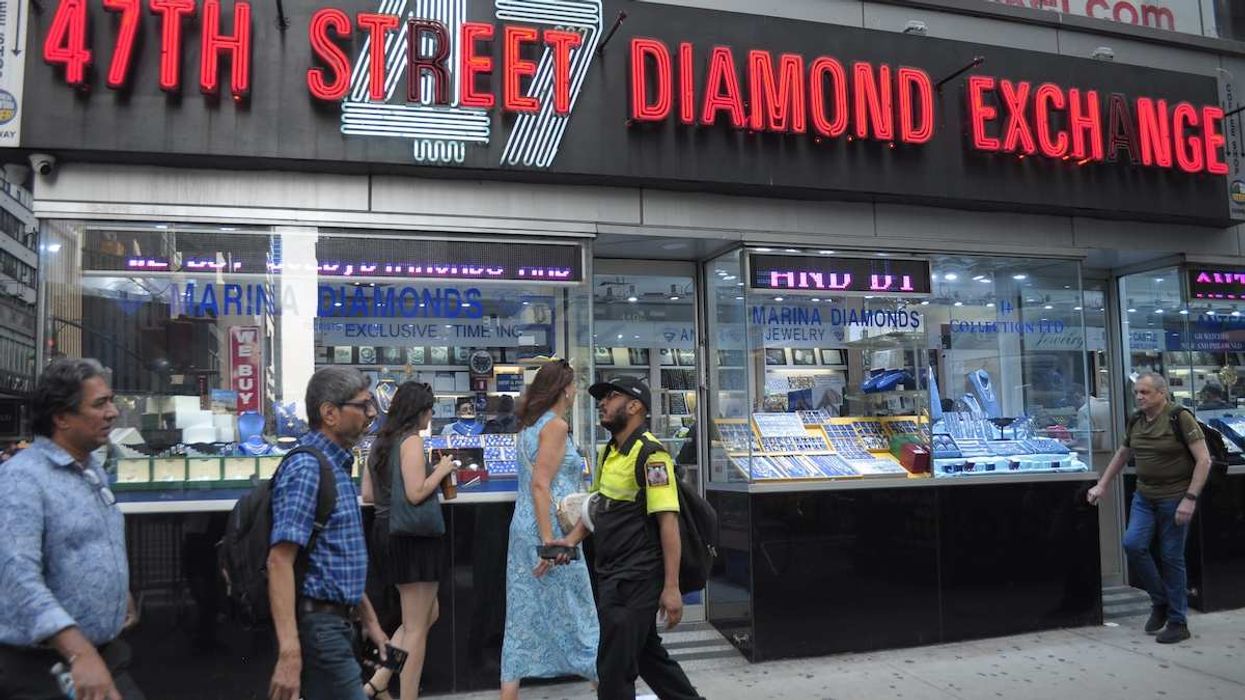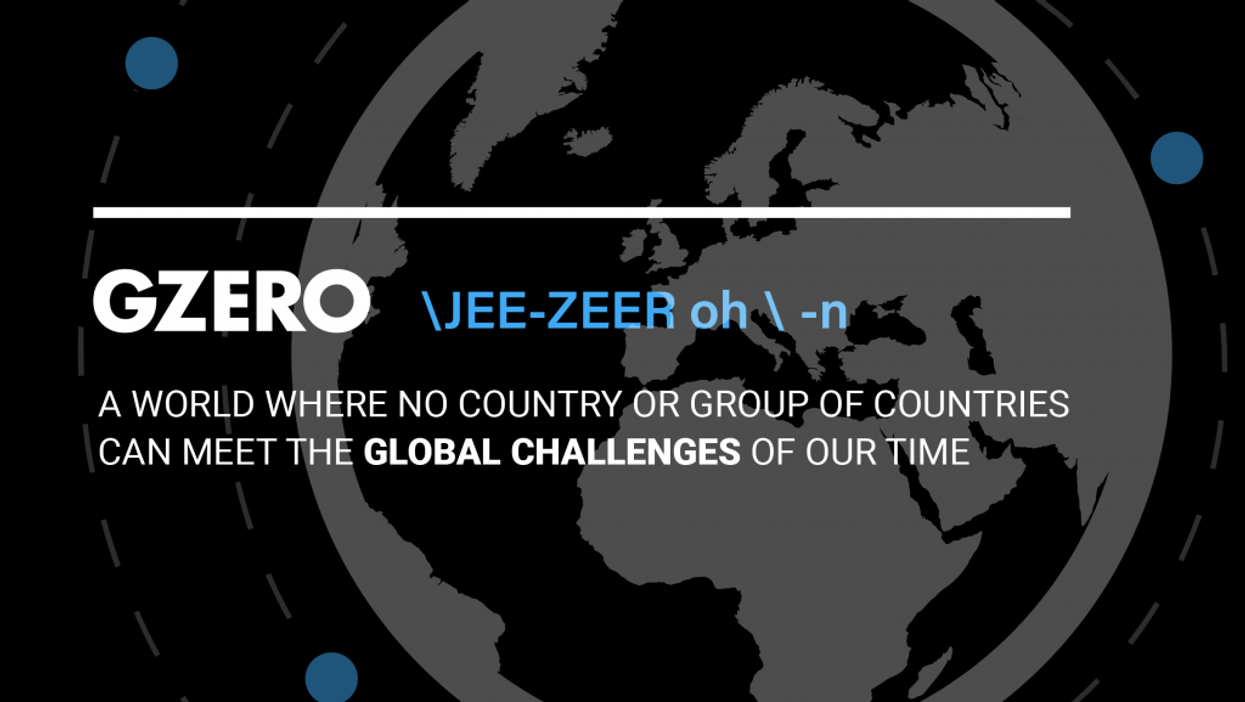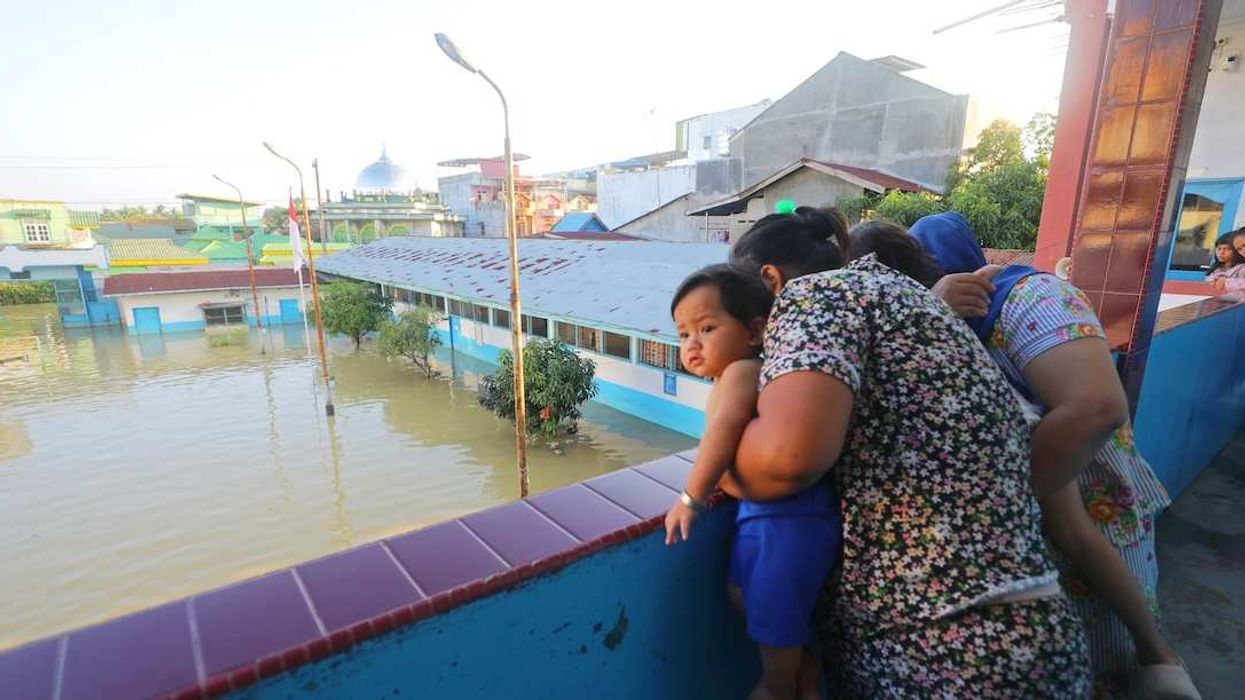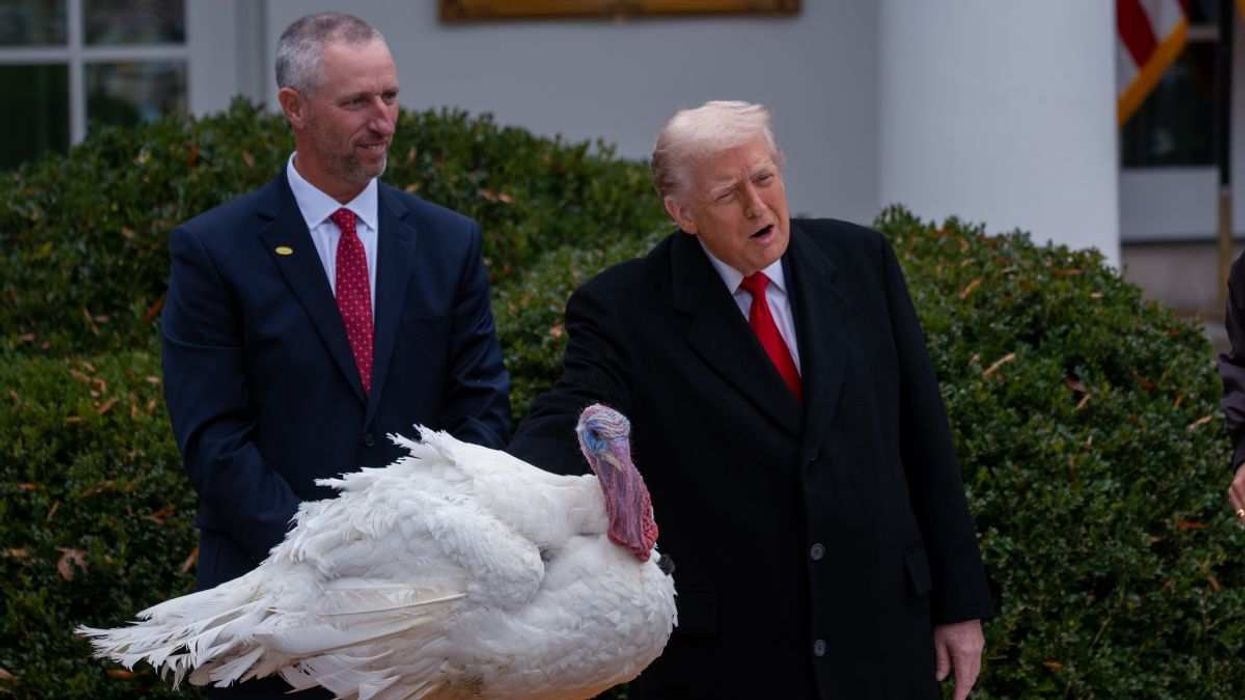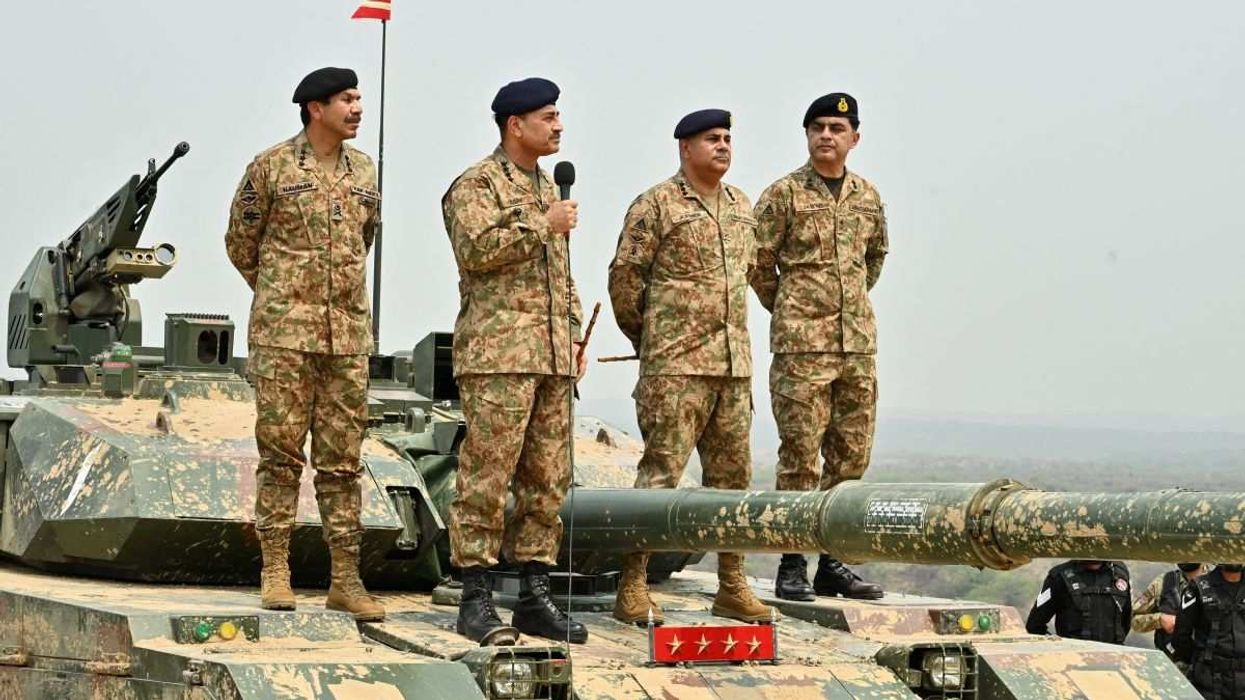The latest round of deadly sectarian violence in Syria started off small. Last Sunday, a Bedouin tribe reportedly robbed and attacked a Druze man at a checkpoint in southern Syria, near the Israeli-occupied Golan Heights. The incident quickly escalated into a battle that has left more than 350 people dead and drawn in not only Syrian government forces, but also Israel, which intervened forcefully under the pretext of protecting the Druze.
The clashes add to a series of sectarian flare-ups since the fall of the Assad dictatorship seven months ago. In March, forces aligned with the government massacred nearly 1,500 Alawites in response to a failed rebellion by Assad loyalists within the community, and in April, dozens were killed when the Druze clashed with security forces near Damascus.
Violence of this kind has destabilized an already fragile post-war Syria, raising fresh doubts about the transitional government’s ability to maintain control and safeguard the rights of minority communities. Interim president Ahmad al-Sharaa, a former jihadist who has restyled himself as a statesman since leading the militia coalition that overthrew Assad, has promised to unify and rebuild Syria after a brutal 14-year civil war and decades of dictatorship.
So, what are Syria’s main ethno-sectarian fault lines? Arabs make up the majority of the population, which is about 75% Sunni Muslim.
But there are tensions with several powerful minority groups. They include the Druze, an Israel-friendly community in the South which practices an offshoot of Islam considered heretical by Sunni fundamentalists, and the Alawites, the sect that the Assad family belonged to and conspicuously elevated throughout the dictatorship.
Tensions also persist between Arabs and the Kurds, who operate a semi-autonomous government in northeastern Syria. Although the Kurds have agreed to merge with the new Syrian army, they remain deeply skeptical of al-Sharaa – particularly because of his recent overtures to Turkey, a long-standing opponent of armed Kurdish groups.
Lastly, there are fears of persecution among Syria’s ancient but shrinking Christian population – which came to a head last month when a suicide bombing left dozens dead at a church in Damascus.
The fact that al-Sharaa, a veteran of Al-Qaeda, overthrew the Assad regime atop a coalition of Sunni extremist militias has put all minority groups on edge, fearful of the intentions of a new government that is led largely by Islamists and former jihadists not known for their tolerance of ethnoreligious diversity.
What’s standing in the way of peace? For one thing, Syria’s newly formed army remains fragmented, with many fighters drawn from Islamist extremist groups. Lacking cohesion and a clear chain of command, al-Sharaa can’t rely on the military to effectively control the country.
In fact, the military itself has been part of the problem. Syrian troops were seen to be helping the Bedouins in the recent flareup, according to the UK-based Syrian Observatory for Human rights.
“There isn't a well disciplined national army that could take control of all the Syrian territories.” says Ibrahim al-Assil, senior fellow at the Atlantic Council. “Whenever there is an erupting cycle of violence…they just go and they start fighting, they start looting, and killing as well.”
But there’s also a question about the intentions of a government that often seems to be exacerbating precisely the tensions it claims to be concerned about.
“Whenever there are clashes and confrontations, the authorities in Damascus and Ahmad al-Sharaa try to utilize that as a ploy to gain political achievements,” adds al-Assil. “[While] people could argue if the government was behind that eruption of violence or not, it has certainly used this to gain more power.”
And external actors aren’t helping. Israel, which insists on the demilitarization of Southern Syria, has repeatedly attacked government troops and facilities there under the pretext of defending the Druze. On Wednesday, the IDF escalated tensions further, striking the Syrian defense ministry in Damascus. Al-Sharaa has since redoubled his pledge to protect the Druze amid a fragile ceasefire in the area, but also said Syria is “not afraid of war.”
At the same time, Iran – having lost a key ally in Assad – may also be seeking opportunities to reestablish a foothold in the country.
“Iran is trying to find a way to regain some influence inside Syria and any force or any group that challenges the authority in Damascus creates an opportunity for Iran to find a way back,” says al-Assil.
Can the “new Syria” survive these tensions? “It shows a huge challenge for Ahmad al-Sharaa and the legitimacy of the government inside Damascus,” al-Assil says. “Most countries, including the West, do want to see Damascus consolidating inside Syria. They do want to see territorial integrity in Syria.”
But the failure of the Syrian government to stabilize the country could also open the door for more regional interference, complicating things further.
“Violence and fragmentation won’t stay inside Syria,” al-Assil warns. “Most likely, it will spill over to the region.”


